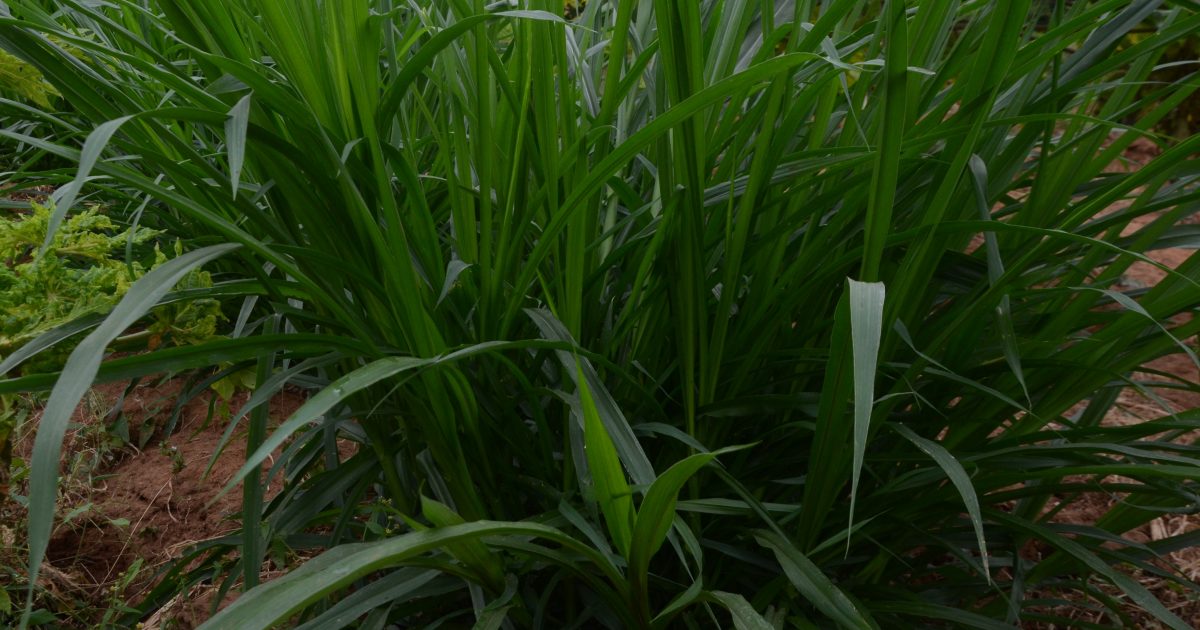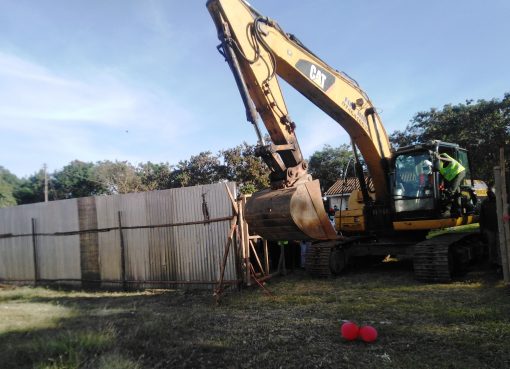As farmers in many parts of the country continue to enjoy a bountiful harvest after several seasons of failed rains due to the changing weather patterns, soil analyst and co-founder of Fadhili Africa Ltd Bernard Ndung’u is calling on dairy and beef farmers to embrace fodder preservation mechanisms for the day of scarcity.
According to him, fodder preservation if carried out correctly and diligently will help avoid perennial livestock loss as witnessed periodically.
Ndung’u reminisces that in the past few months Kenya has witnessed livestock die due to hunger resulting in decreased production and farmers even selling them at a throw away price leading to massive losses.
“If the farmers had had enough to sustain their livestock for that period, the margin loss would be narrower as the cost of outsourcing feed for fodder would be very low if any,” he notes
Currently we have a surplus of the fodder and farmers need to take advantage and develop a good farm plan for sustainable livestock farming through preservation and storage methods that preserve nutrients in the fodder while at the same time mitigating spoilage.
For instance, a farmer can make silage using grass family or maize to create a nutrient-rich feed for the livestock for the day of scarcity.
“Silage making, observes Ndungu, is the process of fodder preservation through the fermentation process and a farmer must harvest the forage at the right stage of crop growth when the forage has the highest nutritional value
However, the harvesting stage varies from one crop to another. In maize, this happens when the ears are at the milk stage,” he adds.
The harvested material must then be allowed to wilt under the shade to reduce water moisture after which it is chopped into small sizes whose goal is to achieve a uniform particle size for effective fermentation.
The chopped material is then tightly packed into silos or plastic bags and wrapped into an airtight environment.
“The packing process removes oxygen from the silage mass, creating an anaerobic (oxygen-free) environment necessary for fermentation,” notes Ndung’u
Fermentation happens under anaerobic conditions where lactic acid bacteria naturally present and the crop begin to convert sugars into lactic acid. This acid production lowers the pH and preserves the forage by inhibiting the growth of spoilage-causing microorganisms.
“The silage undergoes fermentation for at least 3 weeks, during which the lactic acid bacteria continue to multiply and convert more sugars into lactic acid,” he says
The temperature rises initially but gradually stabilizes.
Once the fermentation process is complete, the silage can be fed to livestock though it is crucial to remove the silage from the silo in a controlled manner to minimise exposure to air and maintain feed quality.
Moreover, using dried grass and legumes, a farmer can make hay which is an important source of fiber, proteins, and carbohydrates for livestock.
“Hay may be obtained from grasses such as rhode grass, oat, wheat, clover or even rice straws with the leguminous fodder crops being harvested at their flower initiation stage or when crown buds start to grow, while grasses should be harvested at their pre-flowering or flower initiation stage” says Ndung’u
After harvesting, the forage is conditioned, dried, raked and windrowed before being baled and later stored in a well-ventilated, dry and rodent free room to avoid destruction.
“Animal feed contributes up to 60 percent of a farmer’s success and preservation is aimed at preventing post-harvest losses and also to make dairy and beef farming more sustainable,” he underscores
By Florence Kinyua





